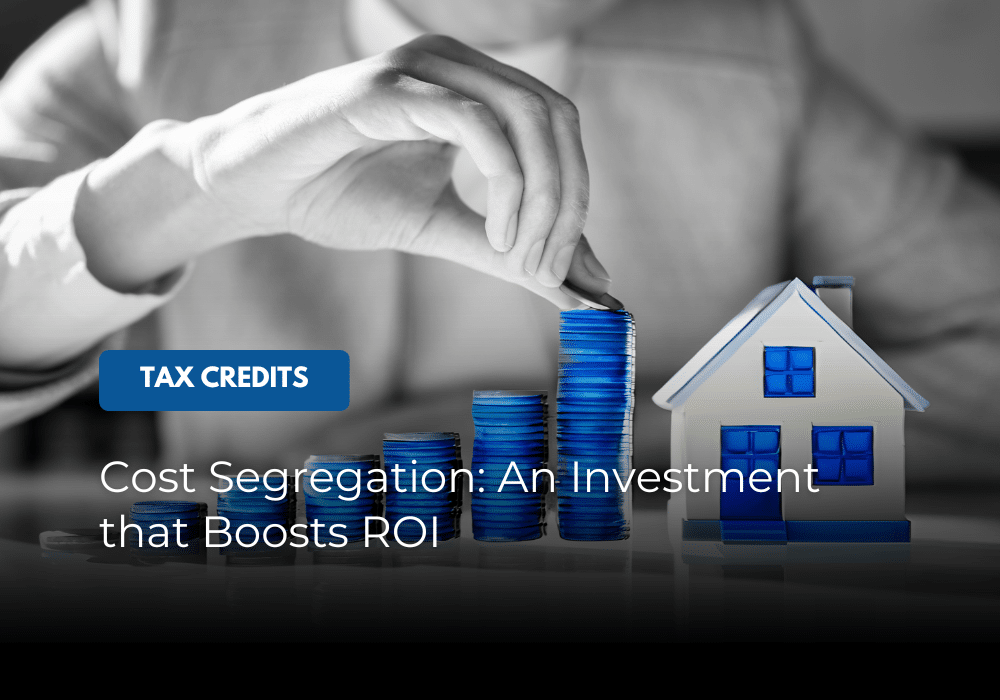Having a cost segregation analysis performed is the first step to leveraging the complex tax strategy that can unlock a potentially substantial sum of liquidity.
Unfortunately, the complexity of the process can make it seem daunting. This has also given rise to a host of myths that surround the process, making many developers and investors hesitant to pursue segregation for their properties.
One such myth involves the price of having a cost segregation analysis performed, as compared to its potential return on investment. Many qualified investors believe that, unless the value of their property exceeds some imaginary benchmark, it isn’t a worthwhile strategy to pursue – even if the property in question qualifies for the program.
To shed light on this area of ambiguity, the experts at Cost Segregation Authority have assembled some helpful information to help answer this question.
How Cost Segregation Works
The cost segregation process allows property owners to reclassify some portion of real property assets (specifically non-structural elements of the property) to tangible personal property. Thus reclassified, these assets can be depreciated on an expedited schedule. This reduces income tax liability immediately, freeing up liquidity to be used elsewhere.
To accomplish this objective, the property owner must commission a defensible cost segregation analysis.
Understanding the Cost Segregation Analysis & Study
Under the U.S. tax code, cost segregation activities must be supported by a formal analysis and study that is conducted by a qualified professional, typically a cost segregation advisor. Advisors must have both the expertise and the experience required by the federal government under its definition of a defensible analysis.
Using an engineering-based approach, the advisor reviews relevant documents (construction plans, specifications, cost breakdowns, etc.). The advisor typically also conducts a detailed on-site inspection. Finally, using an approved software platform, the advisor conducts an in-depth analysis and produces the formal study report.
In the final report, those assets that can legally be reclassified are identified and categorized in detail.
What Is the ROI on a Cost Segregation Analysis?
To determine the potential return on investment of a cost segregation study, you must determine what an analysis might cost for the property in question. There is no average cost for a cost segregation analysis, as each professional sets their own rates and costs vary depending on the project itself. However, some estimates put the average cost in the $5,000 to $15,000 range.
The estimated ROI, depending on who answers the question, can be approximately 50:1. In other words, for every dollar you spend on a study, you could realize a benefit of $50. If you scale that upward, based on your basis in a property, you can see how much potential cost savings you could realize.
A more accurate way of determining whether it makes sound financial sense to have a study done is to speak directly to a qualified cost segregation advisor. The experienced professionals of Cost Segregation Authority make it even easier to determine if the cost of the study is worth it for you.
We provide a no-cost benefits analysis based on the details of your property. We can typically provide these within 24 hours of your request. We answer your questions and help you determine whether it makes sense for you to proceed.
Contact us today to learn more, or to request a free consultation regarding our cost segregation analysis studies and their potential ROI for your property.















